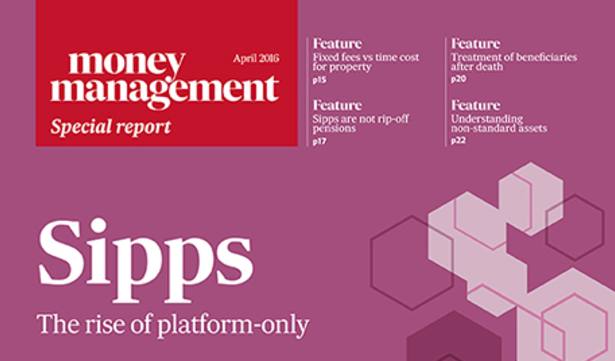
Almost a year on from the pension freedoms, the topic of death benefits is still causing a stir. The headline announcements – the abolished ‘death tax’ and drawdown for non-dependants – seemed reassuringly straightforward and were generally well received. And yet the devil crept so stealthily into the details that people are still getting to grips with some of the nuances.
At a glance
Since 6 April 2015, death benefits can be paid in different ways, as shown in Table 1.
Individual beneficiaries can now be classified in three ways, as seen in Table 2.
Nominees’ drawdown
The biggest cause for concern so far is the definition of a ‘nominee’. The legislation states that members or administrators can choose nominees. However, administrators cannot appoint a nominee if the member has a surviving dependant, or if the member had already nominated an individual or charity. A similar rule also exists for successors: however, as we are only a few months into the freedoms this has yet to cause many problems. At first glance, the rules appeared to supersede the administrator’s discretion to choose beneficiaries. This triggered concern that such death benefits may be subject to inheritance tax.
HMRC confirmed early on that this was not the case. The categories of ‘nominee’ and ‘successor’ are only relevant if the beneficiary receives death benefits in the form of a drawdown pension. The rules still allow administrators to choose beneficiaries as they wish; however, it does prevent them from offering beneficiaries drawdown in certain situations. So, while the initial fears around inheritance tax were unfounded, there is still an issue, which investors need to address if they want their beneficiaries to have the option of drawdown.
The following example shows the potential implications of the rules in practice.
Four investors, Mr A, Mr B, Mr C, and Mr D, all open new Sipps and plan to complete expressions of wishes. All four are married with grown up children in good health. Mr A decides to complete his expression of wishes at a later date and subsequently forgets. Mr B and Mr C both send letters to their pension administrators naming their wives as their beneficiaries. Mr D sends a letter nominating his wife, but also mentions that if the administrator does not pay benefits to her for some reason, he would like them to consider splitting the benefits equally between his two sons.
Mrs A notifies the scheme administrator of her husband’s death. As Mr A did not complete an expression of wishes, the administrator’s first choice is to pay benefits to his wife, as his only dependant. Mrs A informs the administrator that she has recently inherited a considerable amount of money from her late mother, and would prefer not to receive the benefits. She asks the administrator to consider paying the benefits to their son instead. The administrator investigates further and decides that Mr A’s son is the most appropriate beneficiary.
However, because there is a surviving dependant – despite the fact that she is independently wealthy – the administrator does not have the power to appoint nominees. Therefore they can only offer the son a lump sum.






